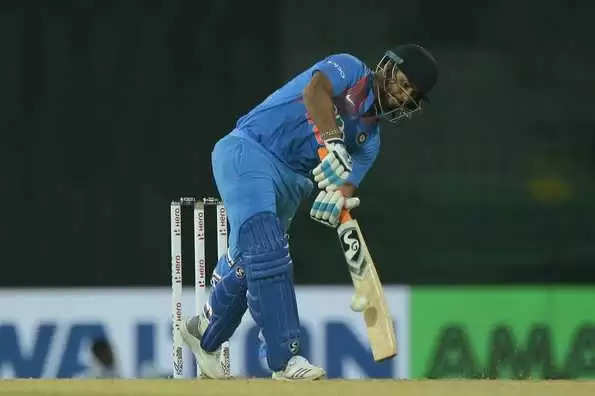India vs SA: How the Men in Blue can improve upon their Achilles Heel: batting first

The Indian T20I team is a fair blend of youth and experience, and is one of the best sides in the world at the moment. This team is led by their world-class and inspirational captain Virat Kohli, and the Men in Blue are shaping up well enough to destroy any team on any given day. However, they have a glaring problem.
For a side with heavy power-hitters, batting should be their strength, and while that is true to an extent, in recent times the strategy against this team has been pretty straightforward and right at their face: put them in to bat first.
For such a strong batting side who have plenty of experience of adapting to different situations in the IPL, batting without the scoreboard pressure should not be an issue but that is far from being the case. It is almost as if this team is capable of chasing down any target but finds it difficult to set up a match-winning one. Since 2018, India has lost only thrice while chasing, winning a dozen times in the process. When they are put in to bat first, the numbers drastically change. India has won 7 times, losing half a dozen times while fielding second.

So now the question begs. Why is this happening?
Over reliance on the top three
Over the past few years, the top order consisting of Dhawan, Sharma, and Kohli have made sure that the middle order does not come to the party, on a consistent basis. However, this has just added to the relative inexperience of the middle order.
Their inexperience has led to the downfall of the Indian limited overs middle order in recent times. The over reliance on the top order has made sure that the middle order does not step out of the comfortable bubble that they are in at the moment, even when situations demand them to.
Inability to assess the conditions
One of the most important aspects of setting targets is the ability to assess the conditions and to make use of whatever is available. Fielding first always gives you the idea of the nature of the surface and it’s behavior. This helps the batsmen to cash in, in the second innings. However, when you’re batting first, there’s a surprise element itself in the pitch which can be eliminated by about 70% if the conditions are assessed accurately.
For instance, on a slow track, a score between 140-150 or even lesser can prove to be a match-winning one. At the same time, a green track may prove to be a decoy and even 180 might not be enough. A lot goes into assessing the conditions as the team selections depend on them. Assess the conditions well while batting first and half the battle is already won.
What do the numbers say?
While batting second, the Indian middle order in T20Is has a decent average of 24.95, striking at a rate of just over 125 in the last 12 months. However, the numbers drastically drop down to an average of 17.27 while batting first and the strike rate stands at a miserable 105.55.
The change in numbers is probably because of the fact that while chasing, the batsmen know their target but while batting first, there is a constant confusion as to what might be a match-winning total.
What can be done?
Time is running out for Rishabh Pant. No doubt that he is incredibly talented but the mode of his dismissals and the time at which it happens is not exactly heart-winning. When his time does run out, the management could probably get themselves a radical player in KL Rahul at number 4/5 and trust him with the keeping duties. Lest, Kohli could demote himself down to number four and promote Pant to number three where he’ll have ample amount of time to express himself. Kohli at number four should ensure a middle order stability.
Verdict
While the numbers certainly do point towards India batting second, they should avoid batting first. However, it does not mean that they should be afraid of batting first as there is still about an year to go for the World T20 in Australia and they could very well rectify their shortcomings. They should bat first more often in order get their middle order experienced enough at setting targets (since batting second is this unit’s strength).

